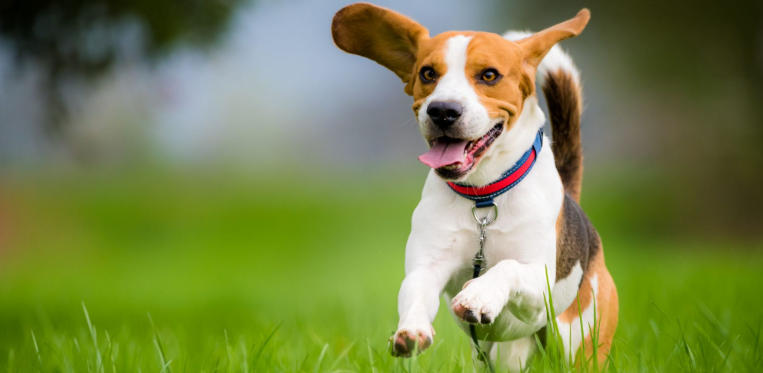Capturing the Motion: A Step-by-Step Guide to Drawing a Running Dog
Drawing a running dog can be a rewarding experience, allowing artists to explore the beauty and dynamism of movement. Whether you are a beginner or an experienced artist, this guide will help you understand key techniques to capture your subject in motion and bring your canine artwork to life.
Understanding Dog Anatomy
Before you dive into drawing, it’s essential to have a basic understanding of dog anatomy. Familiarize yourself with the structure of a dog’s body, focusing on the placement of muscles, joints, and key features like the head, legs, and tail. Observing dogs in motion, whether through videos or live observation, can help you understand how their bodies move. Keep in mind that different breeds have unique physical characteristics, so choose a breed that inspires you!
Sketching the Basic Forms
Start by sketching the basic forms of the dog using simple shapes like circles and ovals. For the body, use an elongated oval, roughly representing the length and width. For the head, a smaller circle or oval works well, while the legs can be represented by lines or rectangles. Make sure to show the action by tilting the body at an angle to suggest forward movement. This rough outline will serve as the foundation for your drawing, allowing you to focus on the overall posture before adding details.
Adding Details and Emphasizing Motion
Once you have the basic sketch, it’s time to add details. Pay close attention to the dog’s features, like the shape of the ears, eyes, and nose, ensuring they reflect the breed you chose. To emphasize motion, consider adding lines or blurs behind the legs and tail. These elements suggest speed and energy, making the drawing more dynamic. Use varied line thickness to create depth, giving the viewer a sense of the power and grace in the dog’s movement.
Incorporate shading and texture to enhance the drawing further, focusing on areas where light and shadow naturally fall. This will give your dog a three-dimensional quality, making it appear more lifelike and energetic.
Conclusion
Drawing a running dog can be an exciting journey into the world of motion and creativity. With a basic understanding of anatomy, sketching techniques, and ways to convey energy, you can create an engaging piece of art. So gather your materials, observe some dogs in action, and unleash your artistic talents! Don’t hesitate to share your drawings or seek feedback from fellow artists. Happy drawing!

